Harnessing their curiosity and ingenuity, researchers in disciplines from biology and chemistry to engineering, psychology, and the humanities, are bending their efforts toward improving outcomes for doctors and making life better for patients. They’re pioneering new diagnostic approaches and tests, innovating new therapies for diseases and chronic conditions, and advancing our understanding of life’s most confounding medical challenges. They’re leveraging their technical and technological prowess, sharing their scientific expertise and, importantly, passing their knowledge on to the next generation of researchers. Here we highlight six scientists — a modest sampling from the ever-growing number of passionate medical changemakers across campus — who are making inroads on conditions that affect millions of people around the world.
Breaking Through
Cancer
Meghan Morrissey
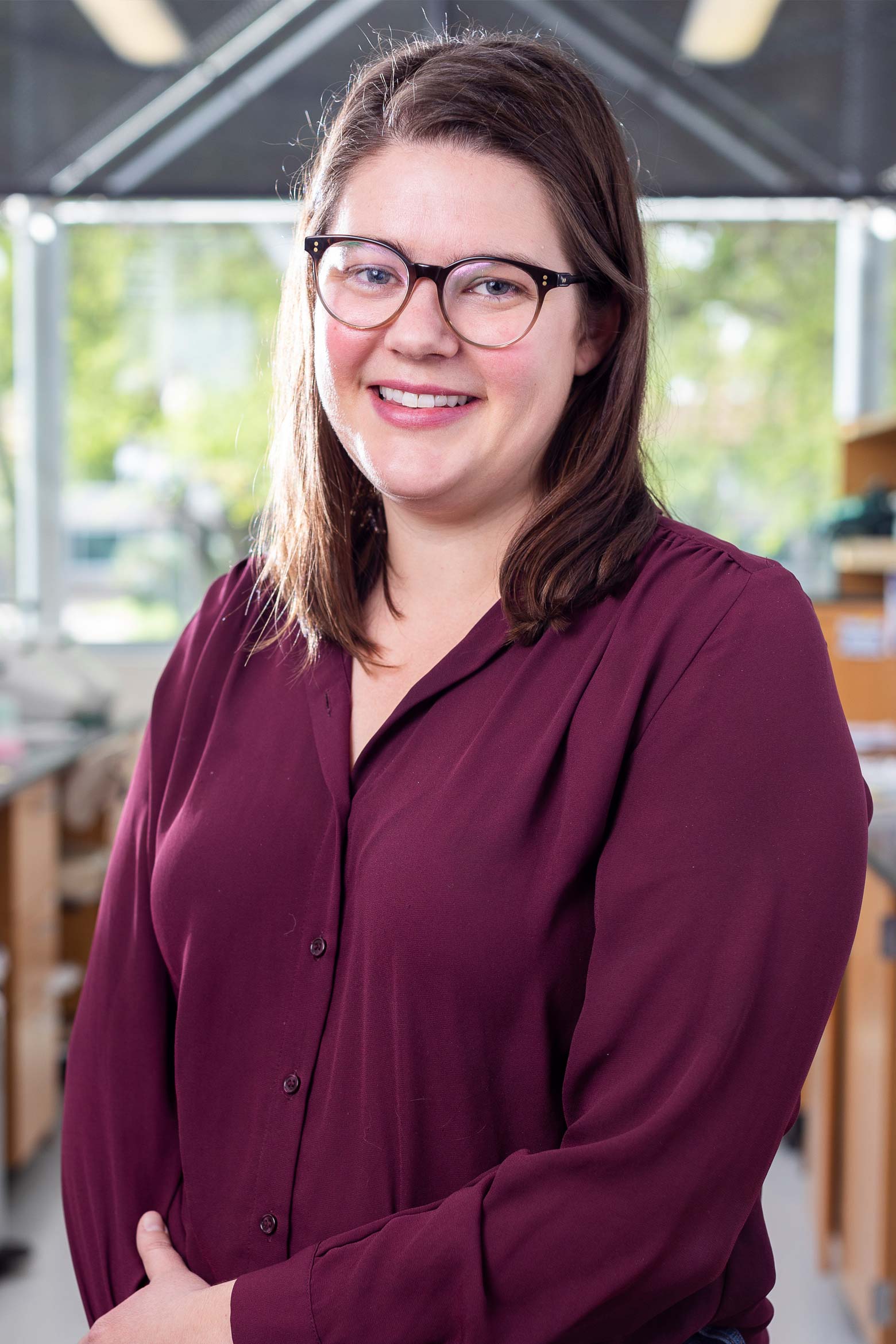
The work
Small but mighty macrophages, part of the innate immune system, are big eaters. These white blood cells surround and kill microorganisms and remove dead cells in a process called phagocytosis. When they detect a threat, macrophages can also spark action in other immune cells. What if they could be programmed to identify and eat cancer? That’s what Meghan Morrissey and her lab are working toward, aiming to advance immunotherapy for cancerous tumors. Employing a strategy analogous to one that proved revolutionary for T cells — and was FDA approved as a therapy — Morrissey’s team hopes to train macrophages to eat cancer by swapping one part of a cellular protein with antibody fragments that recognize cancer cells. The approach could one day provide an alternative to T cell therapies, which comprise the majority of currently available immunotherapies.
The why
“It’s a terrible disease. Everybody knows someone who is affected by cancer. I cannot overstate that as a motivation. And every cancer is unique — each comes from a different set of mutations — so the scope of the problem is big and complex. But out of this incredible mess of millions of people being affected by slightly different cancers, we have to find some sort of overarching organization, things that are common enough for different people that we can actually target them. It’s a bit of a limitless problem that we’ve made huge progress on in the last decade, but still aren’t close to solving.” — Meghan Morrissey


The Impact
Today’s immunotherapies are successful in about 25% of patients. A macrophage-based alternative for the 75% not responding to those therapies could potentially boost survival rates for patients with tumor cancers. Importantly, it could prove to be a more targeted and less toxic therapy for all cancer patients.


Alzheimer’s Disease
Kenneth S. Kosik
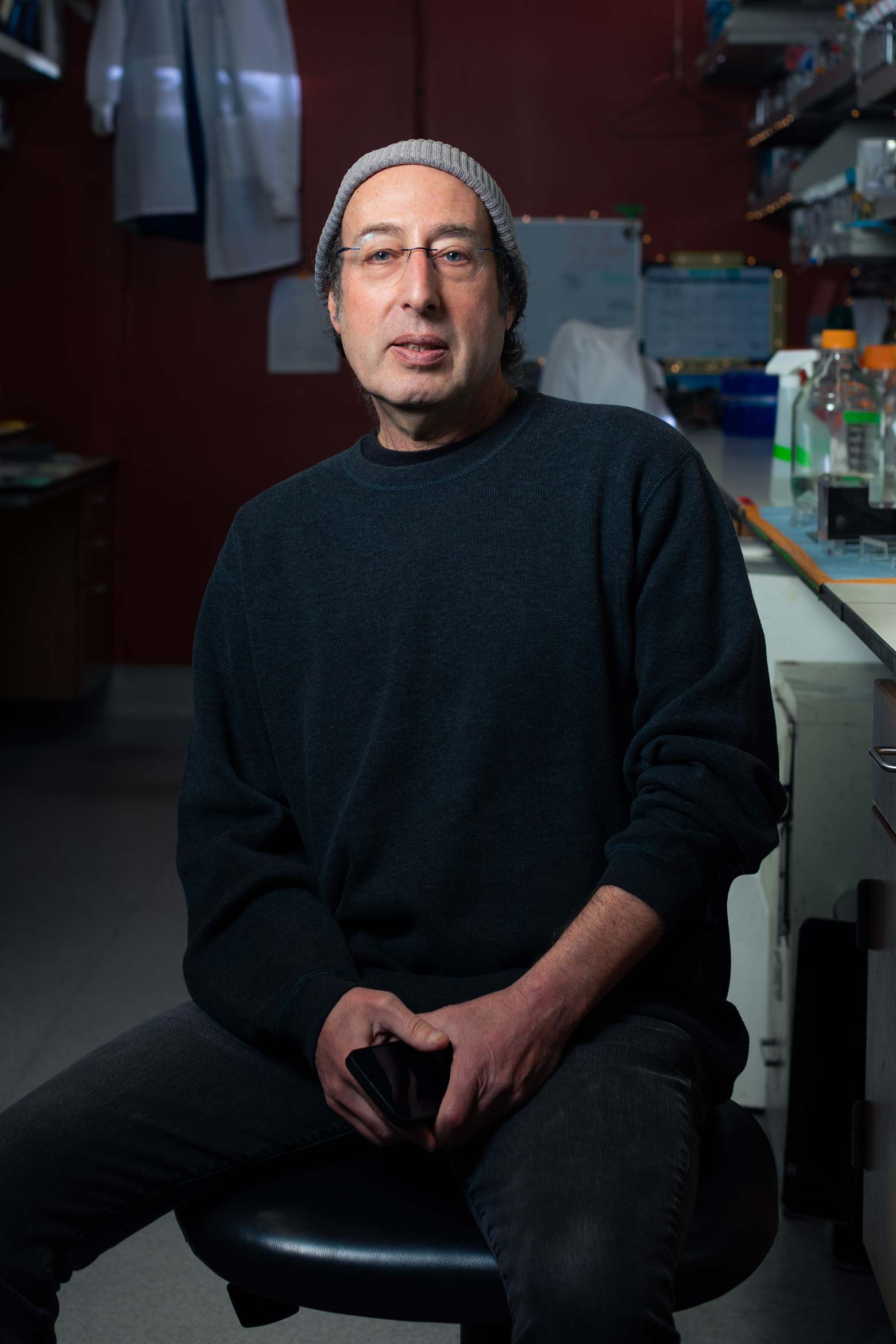
The work
From remote, rural Colombia to the sunny shores of Santa Barbara, physicianscientist Kenneth S. Kosik delves into the genetic origins of Alzheimer’s disease. His goals: to trace the movement of the disease through the centuries and around the globe, and to find ways to disrupt the formation of the pathological protein tangles and sticky plaques that are the hallmark of the as yet incurable form of dementia that affects millions of people worldwide. His longtime collaboration with renowned Colombian neurologist Francisco Lopera and their fieldwork in Antioquia, Medellín, with the world’s largest genetic cohort of early-onset Alzheimer’s patients, have yielded clinical trials and precious clues in the effort to stop the disease. One promising avenue: A woman in a rural family of thousands predisposed to Alzheimer’s by their 40s, due to a rare genetic mutation, has managed to escape her family’s fate, thanks to a second rare mutation that seems to confer some protection.
The why
“While bench and bedside often seem separated by a wide chasm, the physician-scientist in bridging this divide can discern which of the numerous basic laboratory insights can serve as steps toward treatments for incurable conditions such as Alzheimer’s disease. In so doing, it is an extraordinary privilege to conduct research with the direct participation of those affected, their families, their communities, and with a team of exceptionally talented graduate students and post-doctoral fellows.”
— Kenneth Kosik

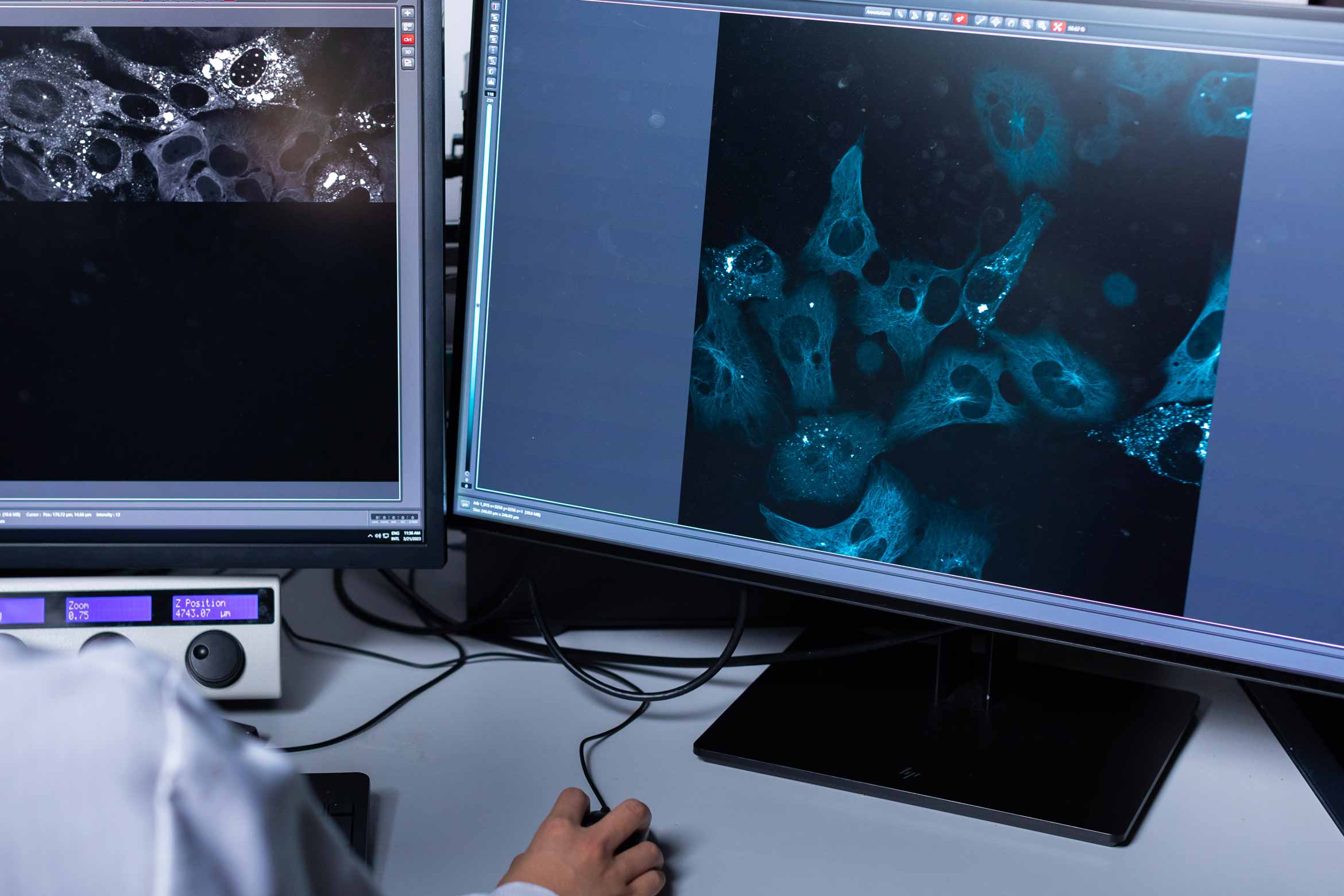
The impact
In the uphill battle that is the search for an Alzheimer’s cure, every finding is an important step toward the day when an Alzheimer’s diagnosis does not automatically consign the patient to a terrible fate.



Macular Degeneration
Dennis Clegg

The work
Few things are as devastating as a diagnosis of age-related macular degeneration, a condition in which retinal cells at the back of the eye break down, causing the loss of the central field of vision. AMD affects more than 200 million people worldwide. But biologist Dennis O. Clegg and collaborators have developed a therapy that has been shown to stop the progress of the disease and even restore some vision in some patients: a “patch” of stem cell-derived retinal pigment epithelium — a layer of darkly colored cells that, when implanted beneath the degrading visual cells, nourishes them and enables their continued function. Early results were promising, with patients with severe AMD experiencing initial improvements and no deleterious effects a year later. As the patch moves toward FDA approval, the team continues to fine-tune it to make it more robust, with the goal of creating an “off-the-shelf” therapy that is easily available to patients everywhere.
The why
“Vision is a precious resource. I am inspired by patients who face the prospect of blindness with no effective treatment available. We have assembled a talented, interdisciplinary team to translate basic research findings to clinical trials with the hope of treating unmet medical needs in eye disease.”
— Dennis Clegg


The impact
A treatment for one of the world’s leading causes of blindness and the preservation and restoration of sight means the improvement and longevity of the independence and the quality of life for the world’s elder population.
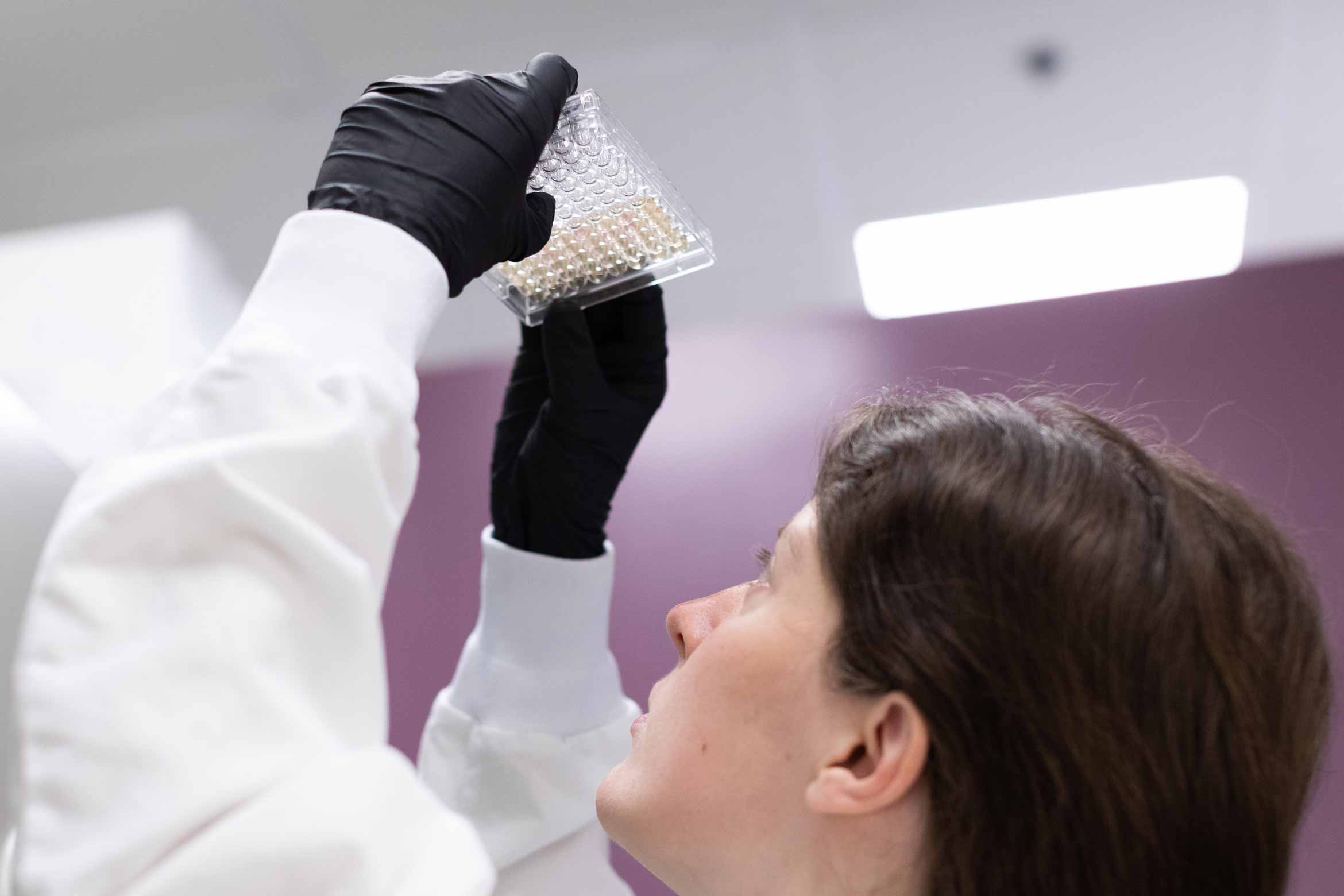

Mental Health
Regina Lapate

The work
During her previous training as a clinical psychologist, Regina Lapate saw young patients, children and adolescents, with depression and anxiety — yet little about their environment, social structures or prior experiences seemed to explain why they were suffering at an early age. While treating these patients, she became bothered by the lack of a holistic understanding of these disorders that incorporated biology.
Today, Lapate and her lab are working toward exactly that aim. Focusing on the intersection of emotion and cognition, they use electroencephalography, peripheral physiology and functional neuroimaging — often combined with behavioral assays — to examine individual differences in emotion regulation, a critical underlying source of difficulties that can lead to, or be exacerbated by, mental health issues.
Their current research includes studies detailing prefrontal control of emotion and how emotion modulates motor function, as well as temporal coding and the possibility that those with more distorted temporal memory of affective experiences could be more likely to develop symptoms of anxiety and depression. An upcoming project will use neuroimaging and non-invasive brain stimulation targeting the hippocampal region in an effort to enhance temporal coding and see if it can be manipulated for the better — an advancement that could inform future treatments.
The why
“How does an affective event, including emotional trauma, alter the encoding of memories? Are some individuals predisposed to encode the temporal aspects of negative events differently, causing emotional responses to persist and adversely impact wellbeing? With our temporal memory work, we are investigating those questions to answer a bigger one: what are the neural bases of emotional resilience? We need to understand the processes at work in multiplexed disorders such as anxiety, depression and PTSD. There are social factors that go into these, but they also have a neurobiological basis that increases risk and vulnerability to them. Given their prevalence, and the current state of available treatment, we need people in all corners thinking creatively about precisely how our brains are organizing our emotional experiences over time to guide our current and future behavior, and promote our wellbeing.” — Regina Lapate
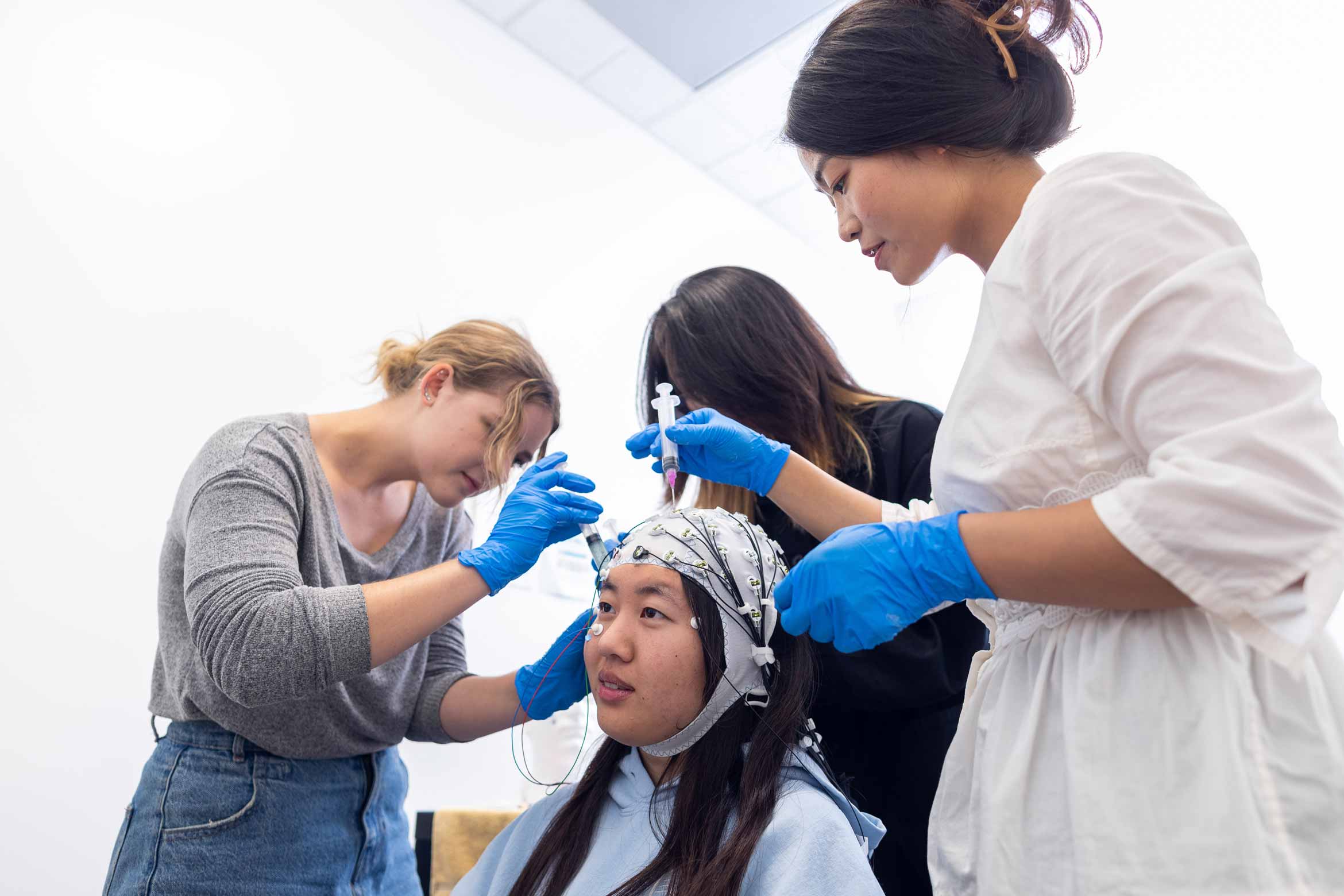

The impact
More than 20% of the adult U.S. population has experienced mood and anxiety disorders; more than 30% of youths aged 12 to 17 have experienced anxiety disorders; and 17% have suffered major depressive episodes. And these rates have been on the rise. Illuminating the biological mechanisms at work is critical to our understanding of how to better promote adaptive functioning and reduce vulnerability to psychopathology.
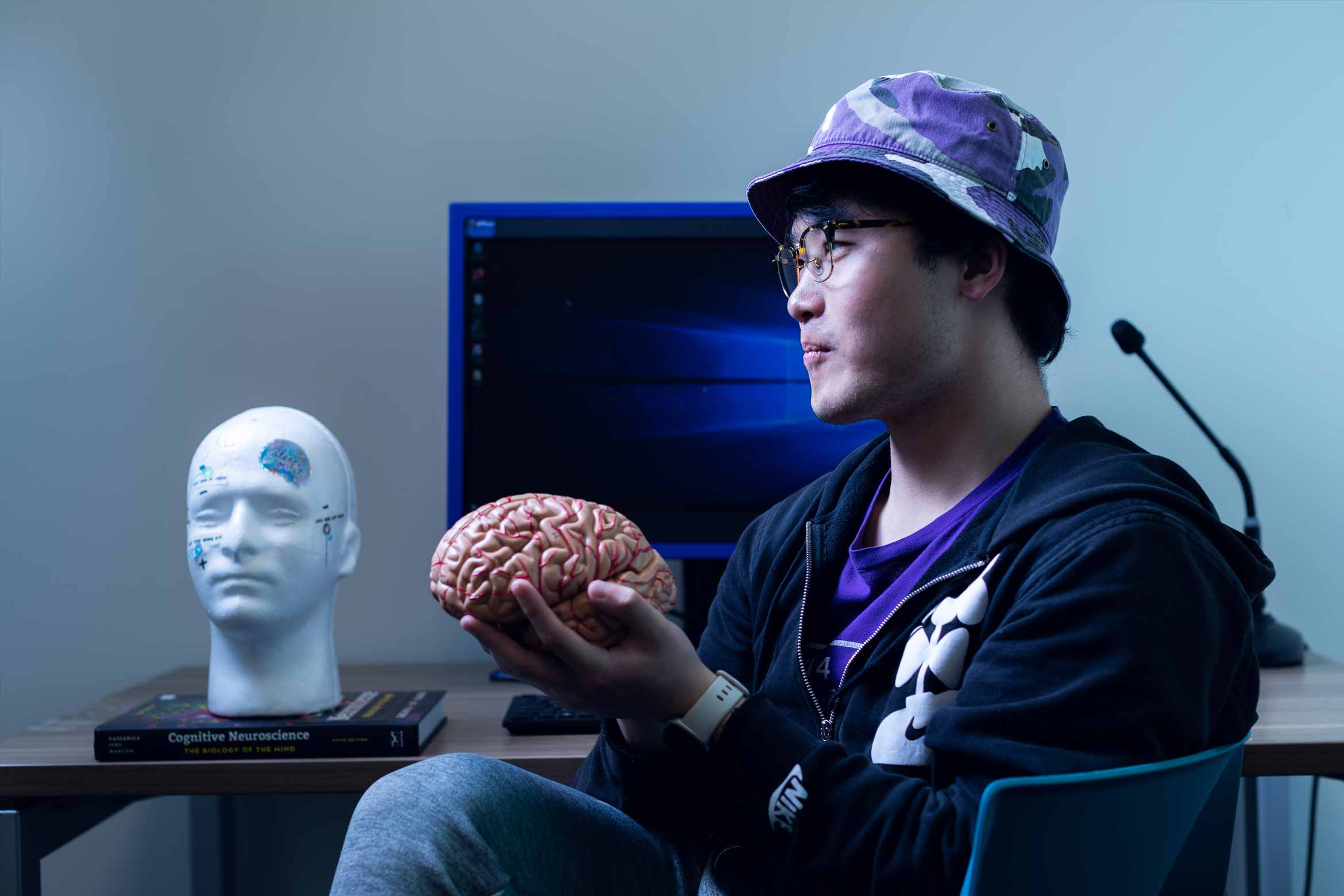

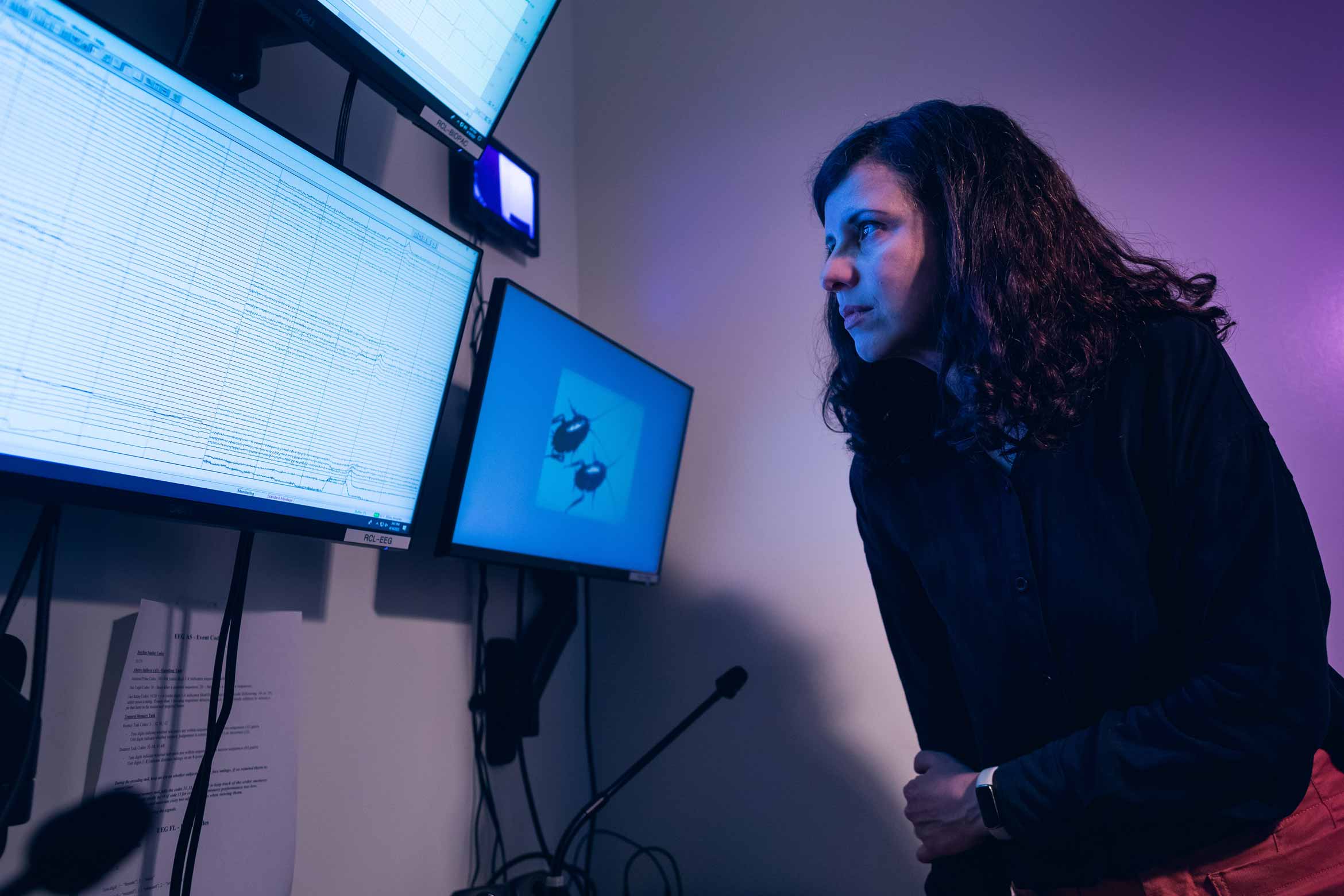
Chronic Kidney Disease
Thomas Weimbs
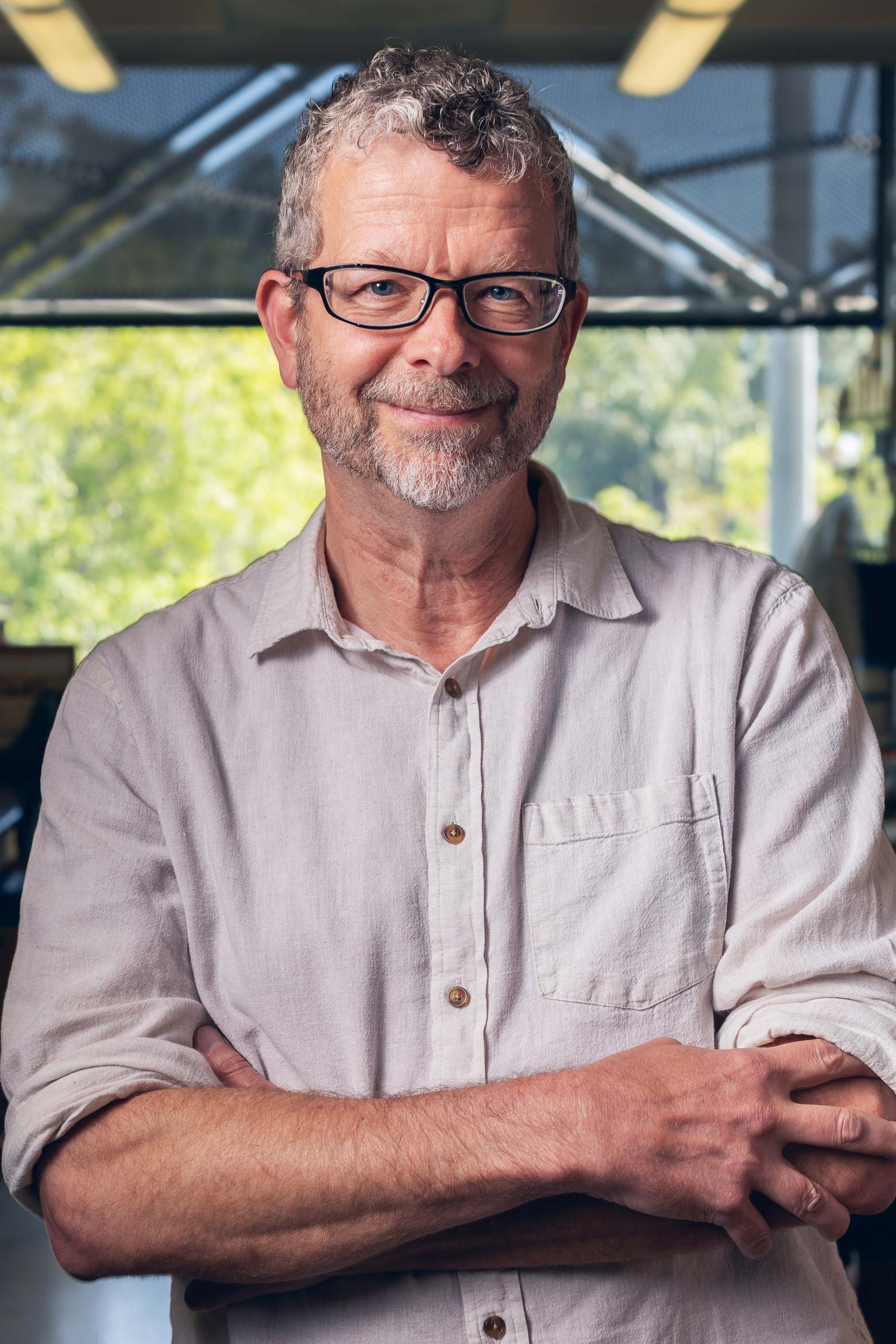
The work
Rarely does basic research so directly lead to a clinical impact for people with a progressive, genetic condition as in the case of cell biologist Thomas Weimbs’ work which targets polycystic kidney disease. PKD affects roughly 12 million people worldwide with painful, fluid-filled cysts and inflamed, deteriorating kidneys. While studying animal models with PKD, Weimbs and fellow researcher Jacob Torres were startled to find that in animals that had been fed beta-hydroxybutyrate, a ketone that our bodies make naturally during fasting, the cysts stopped growing and had even shrunk. This led to their realization that PKD can be controlled and even reversed with nutritional interventions, including the popular intermittent fasting and ketogenic diets. Weimbs is currently focusing on clinical trials to determine the long-term efficacy and feasibility of these diets to treat PKD, and, in collaboration with dietitians, he has developed a diet education program and a medical food to help patients control their condition.
The why
“As academic, basic researchers, we are used to publishing our findings and moving on to the next thing. It has been an unexpected and amazing journey to be able to team up with wonderful clinicians and patients with kidney disease, take discoveries straight from the lab and translate them into practice. I would never have thought that our research would lead to the launch of a startup company and the creation of a product that benefits patients. All this happened in record time and my head is still spinning.” — Thomas Weimbs


The impact
Nutritional interventions empower PKD patients with the ability to do something themselves to control an otherwise relentlessly progressive disease, and to preserve their quality of life, rather than waiting for their kidneys to fail.


Diabetes
Sumita Pennathur

The work
Driven by her daughter’s Type 1 diabetes diagnosis, Sumita Pennathur is steadfastly focused on developing solutions to help diabetes patients better manage their condition. Among them: a disposable patch for insulin delivery and a cannula that can remove preservatives known to be toxic from insulin before it enters the body. With a major grant — the Visionary Award — from the American Diabetes Association, she and her team have been successful on both fronts. Using the science of nonlinear electrokinetic flow, the Pennathur Lab was able to innovate a novel mechanism to pump insulin at very precise volumes and flow rates at a very small scale. Based on their results, in May 2023 they were awarded a grant from the Juvenile Diabetes Research Foundation to help move their proofof- concept device into the prototype phase. By mimicking chemistries used in nature to arrest passivation, the group also innovated a method to remove phenol and metacresol within the cannula itself – as those excipients are important for stabilizing insulin in the reservoir, but can be toxic to the patient.
The why
“I was born into an immigrant family where my parents had an unbelievable work ethic, one I very much respected. In response, I have always worked incredibly hard to achieve. After becoming a professor and having kids, I shifted my efforts into trying to help the quality of life of people. Specifically, when my third child died in the hospital at 28 weeks, I really felt the pain of losing a life, and started focusing on tangible and translational med tech. A year later when my second child was diagnosed with diabetes, I knew I had to put 1,000% effort into making sure she stays alive and well. It gives me amazing motivation every day.” — Sumita Pennathur
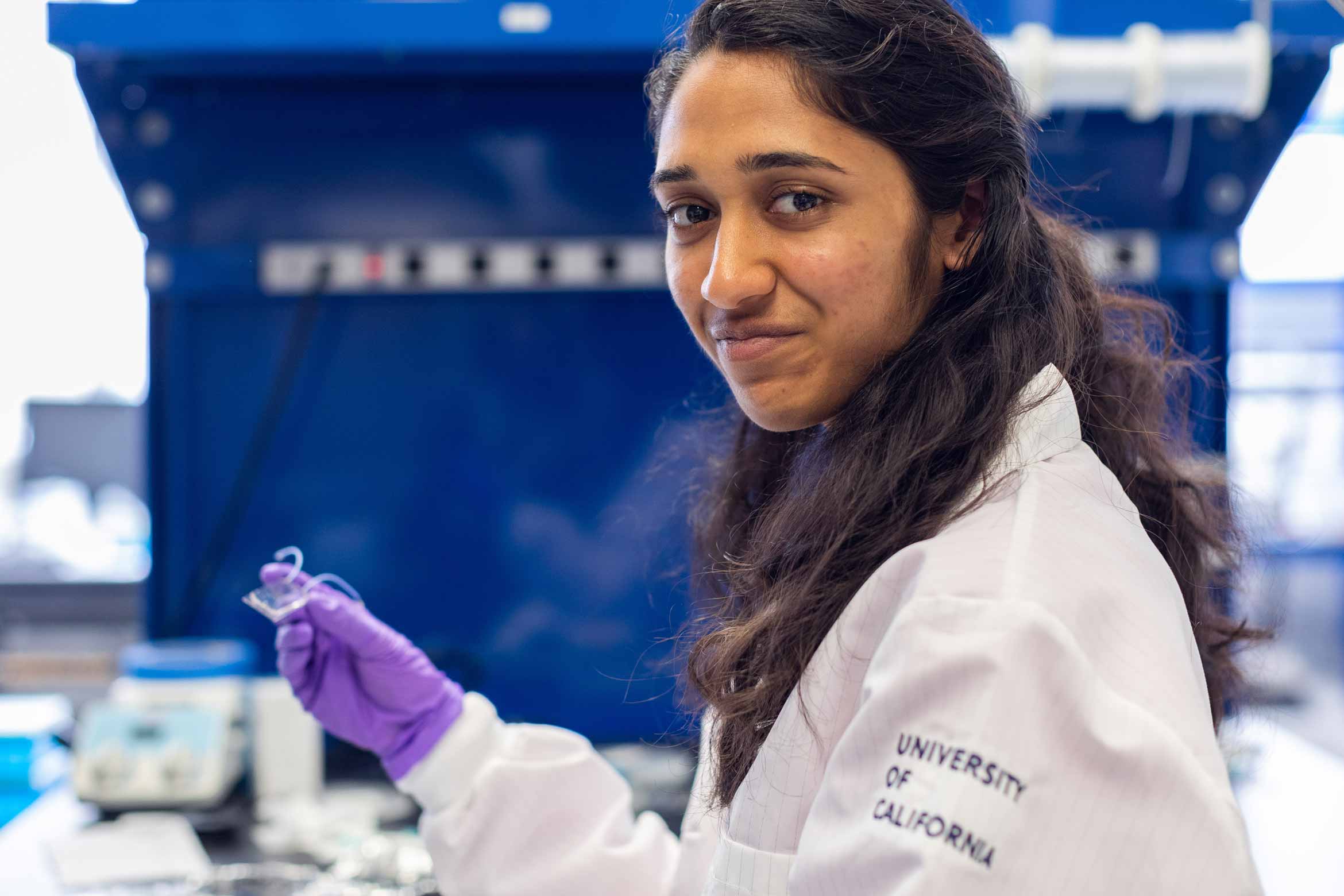

The impact
More than 37 million Americans — about one in 10 — have diabetes, according to the Centers for Disease Control and Prevention. Worldwide that figure has surged to nearly half a billion. For Type 1 diabetics whose bodies don’t make insulin, or for Type 2 patients whose bodies don’t use insulin well, significant advancements in insulin delivery are crucial to quality of life.

And the list goes on....
The scientists in this story are emblematic of the many dozens of researchers on our campus devoted to advancing medicine.
Diagnostics
Cancer
Denise Montell
Norbert Reich
Max Wilson
Patient technology
Bone health
Jean Carlson
Paul Hansma
Brain
Tropical diseases
Heart
Blood clotting
Eyes
Michael Beyeler
Steven K. Fisher
Biomedical devices
Mental health
Modern lifestyles
Immunity
Addiction
Covid response




